.jpg)
Redesign Your School Athletic Pavilion | 2014 National High School Architecture Competition #209
High Tech High School is situated in the hub of North Bergen. It is surrounded by a residential area on one side, an industrial area on the next, and a large commercial area on the rear. The worst is the highway adjacent to the school that gets a maelstrom of traffic during the rush hours. This situation makes the school environment feel very cluttered and closed. Since the high school is located in a very busy setting, I would first need to understand how creating the pavilion will affect its surroundings, as well as how it can be integrated into it. Furthermore, I would want to create a space that will enhance the experience of, not only the students of the school, but also the community as a whole.
Amidst the buzz of the metropolitan area, it will be ideal to make a complex that can provide a sense of peacefulness―a sort of an escape from the city-life. My main goal is to recreate a sort of "zen-garden" environment for the athletic pavilion at High Tech. Not only will it promote wellness and provide a better sports facility for the school, it will also serve as a lounge area for students to go to for relaxation. The pavilion will include a room complete with equipment needed for physical training. There will also be a meditation room that would simply be for meditating, and of course, an open arena that will be used as the main recreation area (for physical education).
The new sports complex will be used by the students during the school year, but it will also be accessible to any authorized person in the community during the summer. With this newly improved pavilion, the students of High Tech, as well as its whole neighborhood, can have an oasis in the city to enjoy.

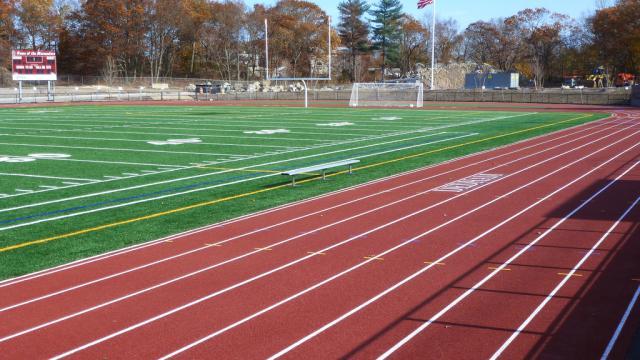




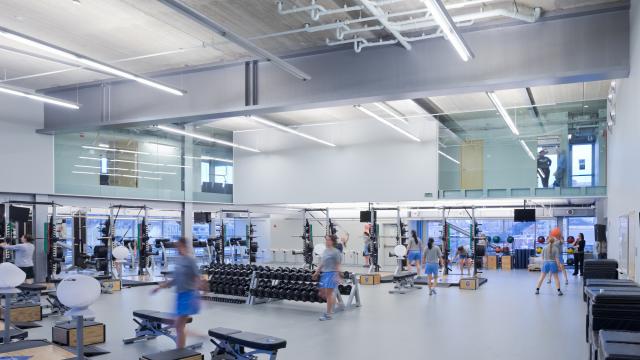
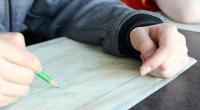




.jpg)

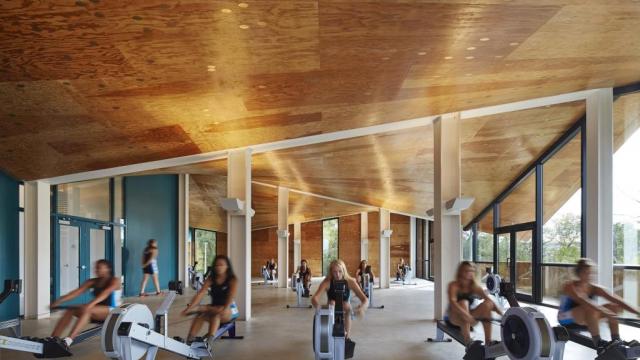




.jpg)
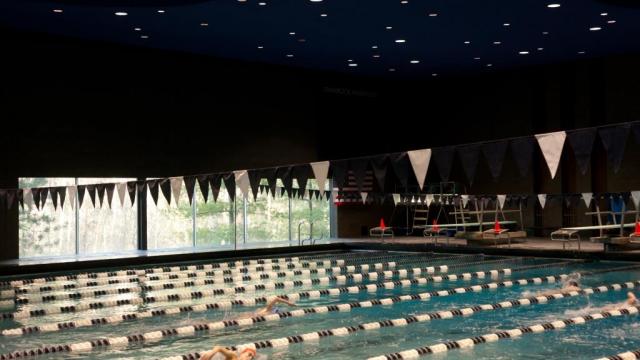





.png)

Comments
Don't forget, to register for the National Competition! You can do that here: http://discoverdesign.org/registration2014